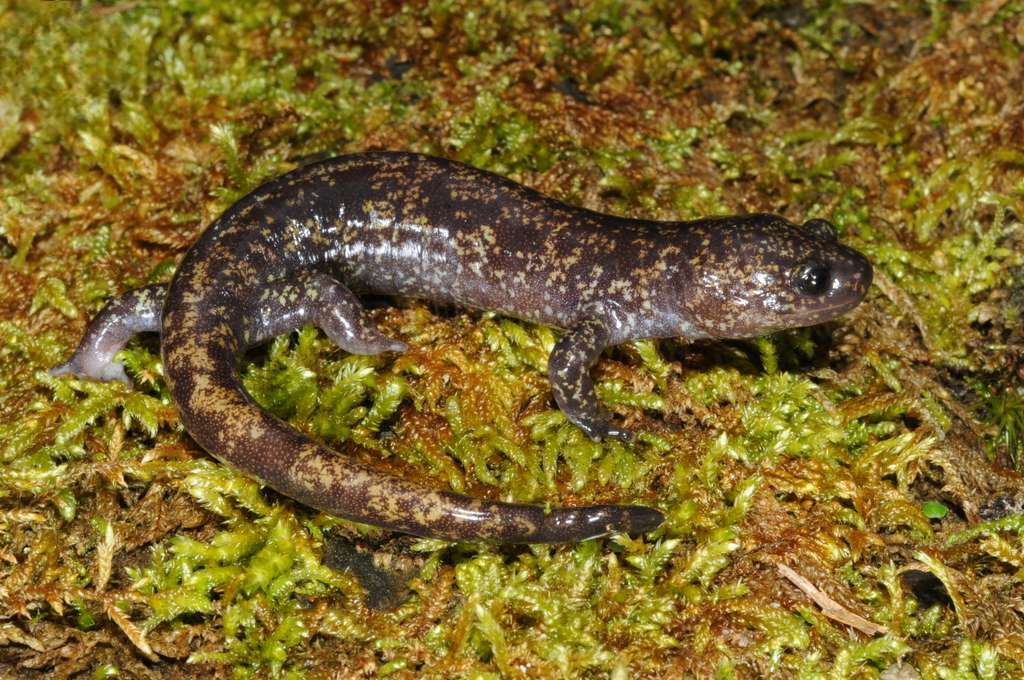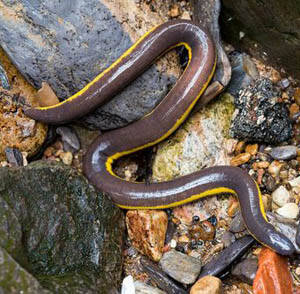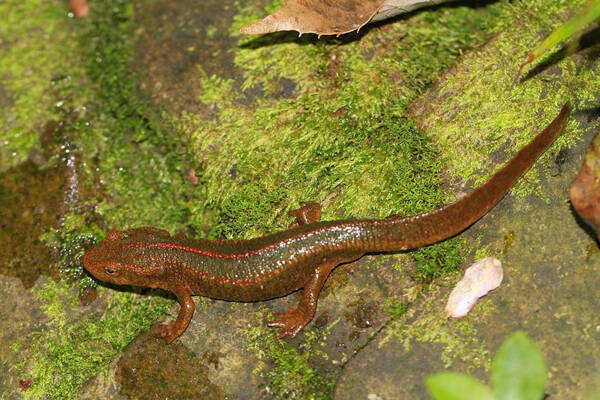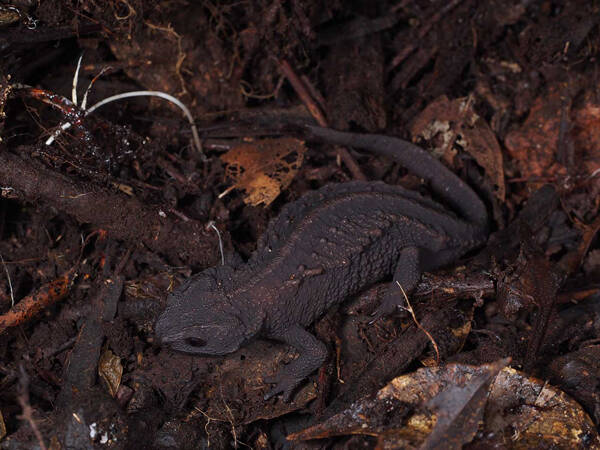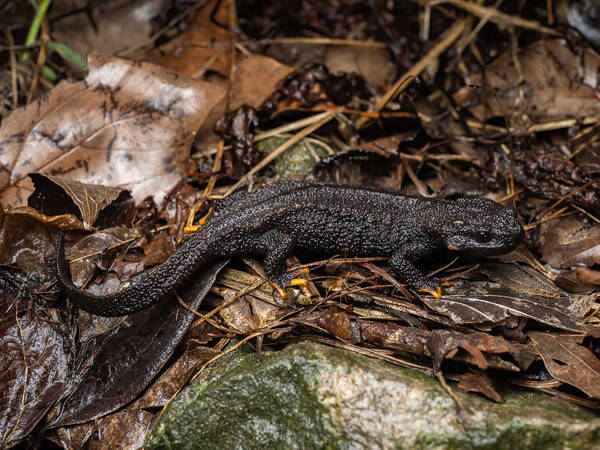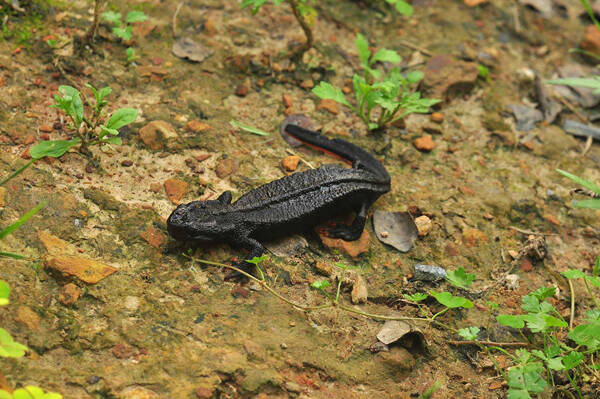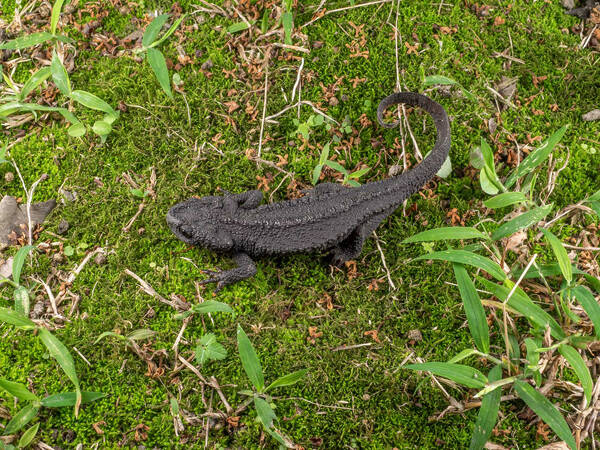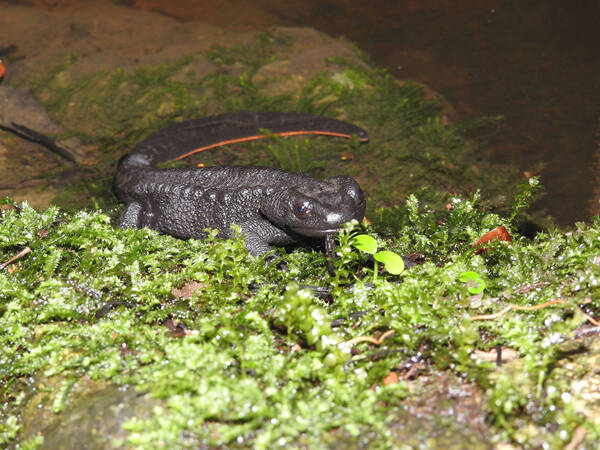Batrachuperus yenyuanensis
IUCN
LCBasic Information
Scientific classification
- name:Batrachuperus yenyuanensis
- Scientific Name:Batrachuperus yenyuanensis,Qianghuo fish
- Outline:Urodela
- Family:Caudata Hynomatidae S.Salamander
Vital signs
- length:154-180mm
- Weight:
- lifetime:
Feature
The body is slender, the tail is long, the tail muscles are weak, the back is dark brown or yellowish brown, and there are irregular light-colored cloud spots.
Distribution and Habitat
Endemic to China, distributed in Sichuan (Yanyuan, Xichang, Mianning).
Lives in mountain streams in high mountainous areas with lush vegetation at an altitude of 2900-4400m. Most are found at 3200-3500m.
Appearance
The body is slender, with a very flat head that is longer than it is wide; the tip of the snout is round, the lip folds are well developed, and the upper lip folds cover the back of the lower lip; the adult has no gill openings and no remnants of external gills; the dorsal surface of the body is dark brown, yellowish brown or blue-gray with cloud spots on it; the ventral surface is gray-yellow with fewer brown cloud spots.
Details
The ecological environment of the Yanyuan Mountain Stream Salamander is generally 1 to 2 meters wide and no more than 1/3 meter deep. There are relatively dense coniferous plants on both sides of the creek to cover the surface of the creek. There are large and small stones, gravel, coarse sand, dead branches, fallen leaves, and some algae at the bottom of the creek.
Adult salamanders are often found under stones or dead branches and leaves in the stream from spring to autumn. Some of them hibernate in the cracks of stones, soil holes or tree root pores at the edge of the ditch. From October to February of the following year, several adult salamanders are often found together under a stone, which may be a cluster phenomenon during hibernation. Adult salamanders have bent bodies, often with their heads together, and some have straight tails. In spring, individuals that hibernate on land return to live in the water. Female salamanders generally begin to lay eggs in late March (around the spring equinox). They lay a pair of egg sacs attached to the rocks in the ditch, all or most of which are submerged in the water. A large number of egg sacs can be found from late March to late April (water temperature 4-10℃), and most of the hatched larvae live independently in the water from the end of May to June.
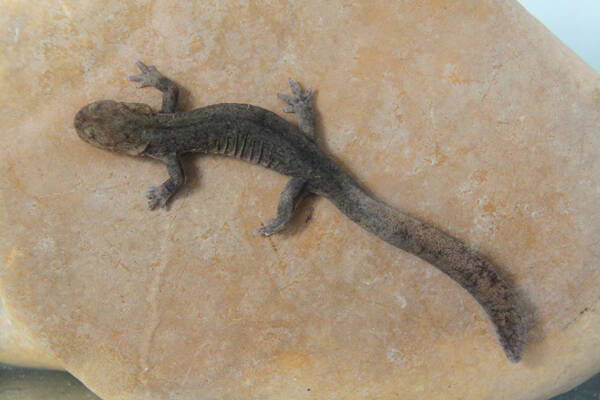
After observing and analyzing its stomach contents, the Yanyuan mountain stream salamander feeds on algae, aquatic plants, grass seeds, larvae and adults of certain insects, and also swallows small stones, rotten leaves, etc. with the food.
Adult salamanders hide under rocks or between rocks during the day and come out at night. When swimming, their nostrils are exposed to the water surface. When disturbed, they first exhale, then swim to a hidden place and hide motionlessly; those hiding under rocks mostly face upstream, which may be related to predation.
This species is endemic to China. This salamander has medicinal value, but its population has decreased due to overexploitation and the decline in the ecological environment quality of its habitat.
Listed in the second level of the "List of National Key Protected Wildlife in China".

